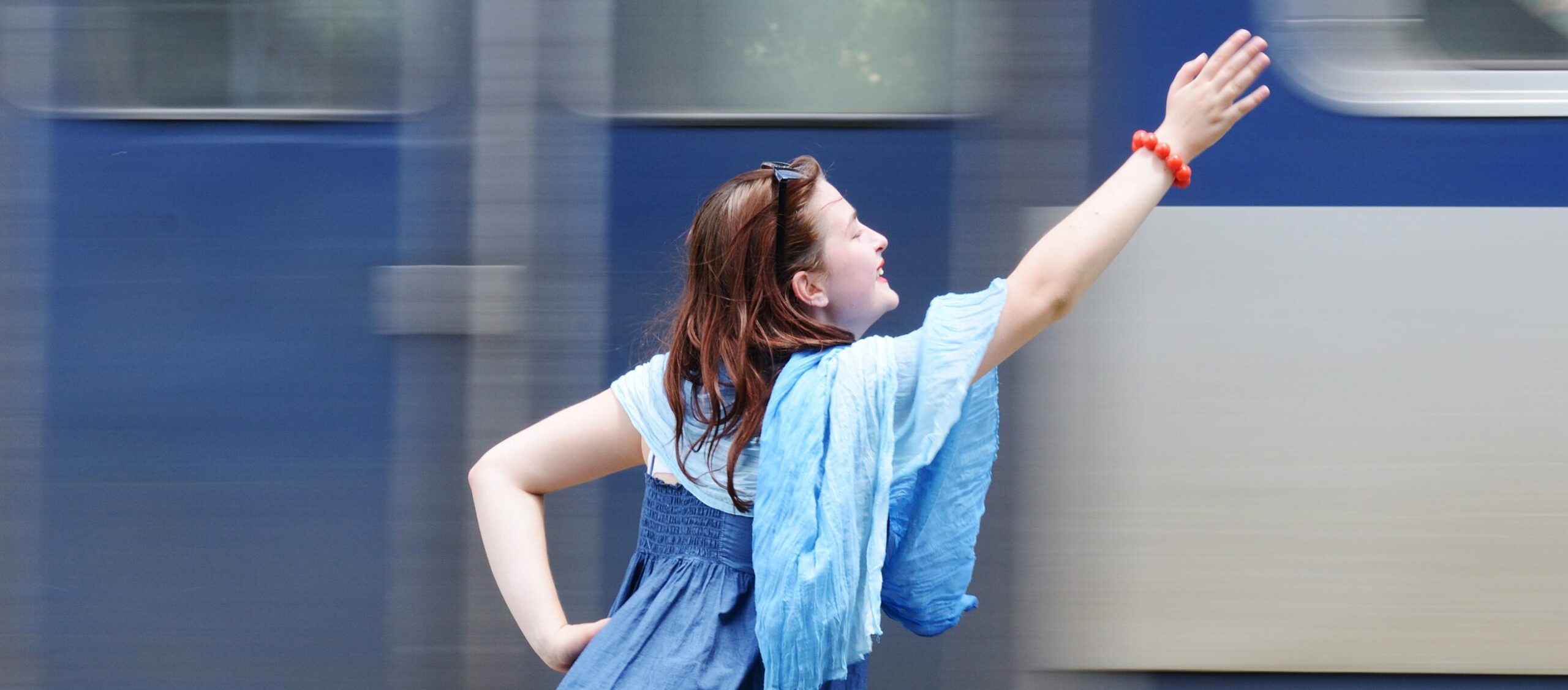Whenever somebody says to you, “that’s a good question,” what they’re really saying is that they don’t have a good answer. In my lectures and seminars I put a lot of emphasis on the power of the first impression. I try to stress that first impressions are formed subconsciously, and once made they are very hard to change. Well, recently a man at one of my lectures raised his hand and asked, “now that you’ve taught us how to make a good first impression, how do we make a good last impression?” At the time, the best response I had was “good question.” I have a better one now.
First impressions are referred to by psychologists as the Primacy Effect. Their power lies in the way our brains identify people. Put simply, once we meet a person for the first time, our brain places them in a set of categories. We may place them in the category of beautiful woman, handsome man, doctor, police man, sleezy lounge lizard, crazy cat lady, or any of thousands of others. These categories are called stereotypes, and with them comes a host of associations, both positive and negative. The important things to rember are that we are seldom aware of the process of stereotyping, and almost never aware of the many wrong judgments that process leads us to.
Last impressions are referred to as the Recency Effect. They work slightly differently. Essentially the last things we see or hear when we depart from a person tend to be the the most powerful memories that come back to us when we encounter that person again, or when we think about them. If those last impressions are positive, our recollections will be more positive, even if our experiences up to that point are not. For example, let’s say that you have a surly waiter at a restaurant, but as you leave the manager shakes your hand, smiles, and warmly thanks you for your business, you will remember the manager’s warmth more than the waiter’s chill when you think about your meal.
The importance of last impressions should be obvious. They have the potential to undo all the hard work you’ve put into creating a positive image. Here, then, are some tips for making sure that you are remembered well.
1)Make sure your farewell ritual is consistent with the image you want to convey. Analyze both yourself and the situation and determine what positive attributes you wish to emphasize. If the social connection is most important, use body language that communicates openness and warmth. If it’s your intent to be perceived as authoritative, use body language that communicates strength, power, and confidence.
2)If at all possible, make sure your your farewell ritual features an appropriate form of touch. The key word is “appropriate.” Nothing cements a positive impression better than the right kind of physical contact. Likewise, nothing can destroy a positive impression faster than the wrong kind of physical contact. This means don’t get more intimate than the situation demands. Don’t hug when a handshake is what’s expected, and don’t limit yourself to a handshake when a hug is expected. Use your judgement as to which is better, but usually you can take your cue from the people around you.
3)Script and practice your farewell ahead of time. Know what you’re going to say and do, and try it out on some willing friends. Ask them what kind of impression they get from you. Although rehearsal may feel awkward at first, it’s how you’ll avoid feeling awkward in real life.


